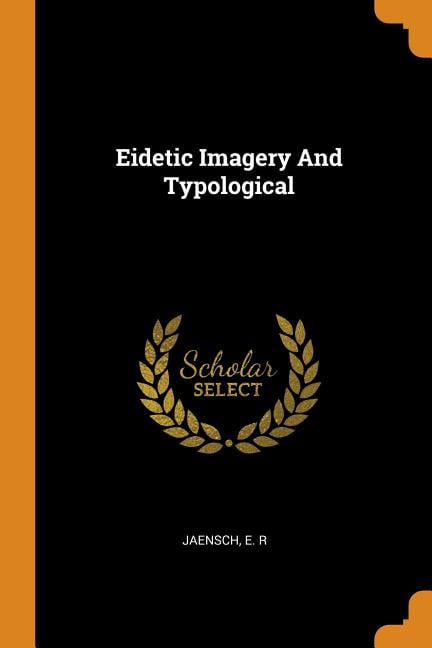
This article is part of a discussion meeting issue ‘Bridging senses: novel insights from synaesthesia’. We review research consistent with this model and propose future studies to test its limits.


The strengths of this model are (a) it predicts the broader cognitive and perceptual differences in synaesthetes, (b) it provides a unified framework linking developmental and induced synaesthesias, and (c) it explains why synaesthetic associations are inconsistent at onset but stabilize over time. Specifically, we hypothesize that synaesthetes have greater neural noise in sensory regions, which allows pre-existing multisensory pathways to elicit supra-threshold activation (i.e. Here, we propose a novel model of synaesthesia based on the principles of stochastic resonance. While these models explain how one sense can evoke qualitative experiences in another, they fail to predict the broader phenotype of differences observed in synaesthetes. Previous models suggest that synaesthesia results from increased connectivity between corresponding sensory regions or disinhibited feedback from higher cortical areas. For example, synaesthetes demonstrate enhanced imagery, increased cortical excitability and greater perceptual sensitivity in the concurrent modality. Along with these cross-sensory experiences, there are several cognitive and perceptual differences between synaesthetes and non-synaesthetes.

In synaesthesia, stimulation of one sensory modality evokes additional experiences in another modality (e.g.


 0 kommentar(er)
0 kommentar(er)
